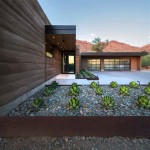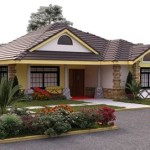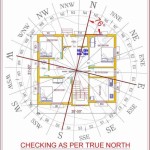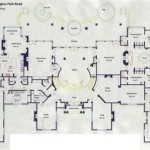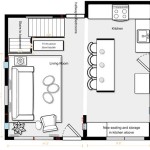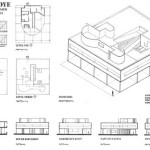Essential Aspects of Tiny House Interior Floor Plans
Designing the interior floor plan of a tiny house is a crucial aspect that greatly influences its functionality, livability, and overall efficiency. Here are some essential aspects to consider when crafting the ideal floor plan for your diminutive abode:
Space Efficiency: Every square foot in a tiny house is precious. Optimize space by incorporating multifunctional furniture, fold-away beds, and clever storage solutions to maximize functionality and minimize clutter.
Natural Light: Ample natural light creates a sense of spaciousness and well-being. Incorporate large windows, skylights, or French doors to flood your tiny house with natural illumination, reducing the need for artificial lighting and enhancing the overall ambiance.
Cross-Ventilation: Proper ventilation is crucial for maintaining a comfortable indoor climate. Place windows and doors opposite each other to create cross-ventilation, allowing fresh air to circulate and minimize stuffiness.
Kitchen Functionality: The kitchen is the heart of any home, even a tiny one. Ensure your kitchen layout prioritizes ergonomics and functionality. Consider a compact L-shaped or galley kitchen, with appliances conveniently placed for easy access and efficient meal preparation.
Bathroom Practicality: Maximize space in the bathroom by combining the toilet and shower in a wet room concept. Use compact fixtures and consider a stacking washer and dryer to optimize utility.
Vertical Living: Make the most of vertical space by utilizing lofts and built-in storage. Lofts can serve as sleeping quarters or additional storage areas, freeing up valuable floor space.
Outdoor Connection: Tiny houses often embrace the outdoors, so consider incorporating a small deck or patio to extend your living space and create a seamless transition between indoor and outdoor areas.
Personalized Layout: While considering these essential aspects, remember to customize your floor plan to suit your unique preferences and lifestyle. Create a layout that reflects your daily routines, hobbies, and personal style, making your tiny house a true reflection of yourself.

Tiny House Plan Examples

Family Tiny House Design Floor Plans Layout

Small House Design Tiny Floor Plans Trailer Shed To

Floor Plan 2 Bedroom Tiny House Interior

11 Best Tiny Houses With Genius Floorplans S Pics

Tiny House Floor Plans Over 200 Interior Designs For Houses Loft Small

Floor Plan For Tiny House

Tiny House Floor Plans 32 Home On Wheels Design

12 X 16 Tiny Home Designs Floorplans Costs And More The Life

Picture Of Tiny House Plans For Families Floor Company On Wheels

